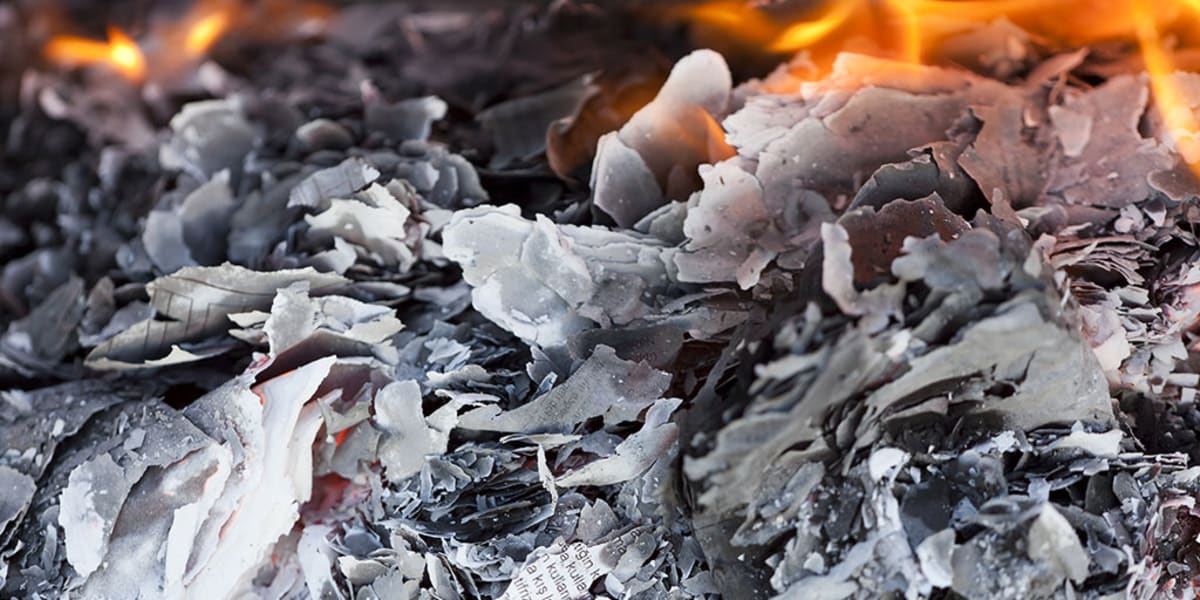For more than a decade, sustainability leaders have been trying to educate folks on the hazards and waste associated with discarding electronics. In a giant step backwards, Pinellas County, Florida is choosing to incinerate its e-waste. Now, rather than using the already established recycling protocol, ignoring the already inked contract, someone, somewhere has decided “let’s just burn everything.”
I have a couple problems with this. Highest on the list of my concerns is that electronics contain hazardous compounds, which, when burned, emit toxic gases. “An output of such a wide range of harmful substances would then disqualify this method (municipal incineration) as a sustainable way of dealing with electronic waste.”
Pinellas County is opting for a concept known as “waste-to-energy”. Waste-to-Energy takes non-hazardous waste – otherwise destined for landfill – and combusts it, generating steam for electricity production. The problem is that e-waste is hazardous waste and should not go to a landfill nor should it be burned.
The National Resources Defense Council (NRDC) adamantly opposes incineration in general. Their website states:
Regardless of what is being burned (mixed municipal solid waste, plastic, outputs from “chemical recycling”), waste incineration creates and/or releases harmful chemicals and pollutants, including:
- Air pollutants such as particulate matter, which cause lung and heart diseases
- Heavy metals such as lead and mercury, which cause neurological diseases
- Toxic chemicals, such as PFAS and dioxins, which cause cancer and other health problems
These chemicals and pollutants enter the air, water and food supply near incinerators and get into people’s bodies when they breathe, drink, and eat contaminants.
My second concern is that there’s more to be reclaimed from electronics than simply the metals that fall out when everything is burned away. Burning means that anything that could potentially be reused is not, whether it be simply a laptop somebody replaced with a newer model or parts that can be used to fix another device. There is no discrimination – it is the ultimate lazy and wasteful way out.
What cannot be reused can be recycled. Chief among the materials that can be recycled is plastic. Creating “virgin” plastic uses an enormous amount of energy. “To make plastic, fossil fuels are used which consume large amounts of energy and emit a large amount of greenhouse gases into the atmosphere.”
Plastics are ubiquitous in contemporary life and using recycled plastic is a critical environmental imperative. According to the Climate of our Future “Recycling plastic waste has a significant energy savings, with an energy saving of 66 percent” versus creating new plastic. “Furthermore, one ton of recycled plastic can reduce energy consumption by 5,774 Kilowatt-hours, landfill space by 30.4 cubic yards, gasoline consumption by 1,000 to 2,000 gallons, and oil consumption by 16 barrels.”
Here at illumynt we find a new life for every device or component we process whenever possible. In fact, illumynt reuses over 95% of the devices it processes.
When something truly cannot be reused, we send it downstream to our certified R2 recyclers where we know that materials will be reclaimed and handled properly.
Natural resources are finite, and we cannot afford to send them up in smoke.
Be sure to read my continuing blog series as I discuss all things related to sustainable electronics.




